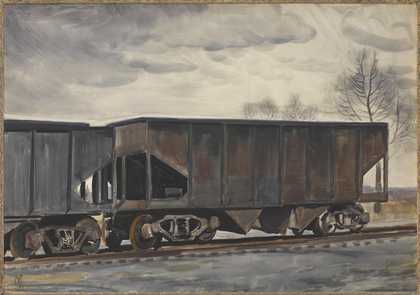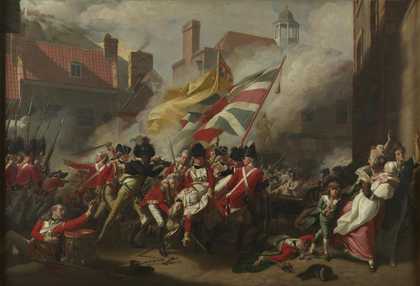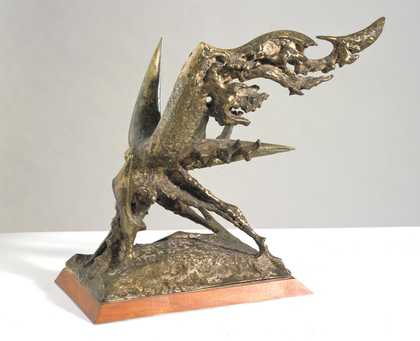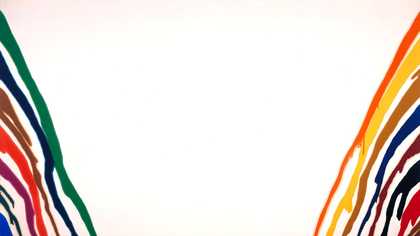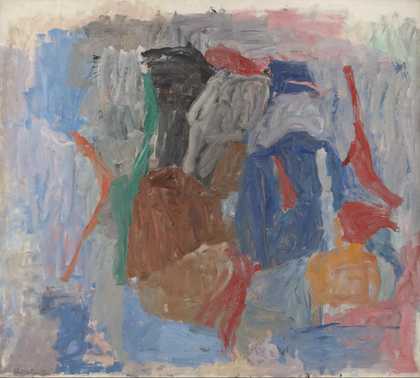Ronald Alley, ‘Recent American Art’, 1969
As Keeper of the Modern Collection at the Tate Gallery from 1965 until his retirement in 1986, Ronald Alley proved a vocal advocate for expanding the gallery’s holdings of modern American art. His enthusiasm for the paintings of the New York School in particular is evident in his essay in Recent American Art, the first title in °Õ²¹³Ù±ð’s ‘Little Book’ series to be dedicated to a non-British subject. The volume celebrated °Õ²¹³Ù±ð’s growing collection of American art, which at the time comprised around fifty works, and Alley’s text was accompanied by reproductions of thirty-one of these. Director Norman Reid, however, noted in the foreword that Tate badly needed to acquire additional works in order to achieve its aim ‘eventually to have the best representation of American painting outside the United States’. Alley’s book was published to coincide with the exhibition An Aspect of American Painting and Sculpture 1948–1968, organised by the Museum of Modern Art, New York, and comprising fifty-four works, the vast majority of which were lent by US public collections. Although held at the Tate Gallery, the exhibition highlighted the modesty of the British national collection of American art as no Tate-owned works were included.

